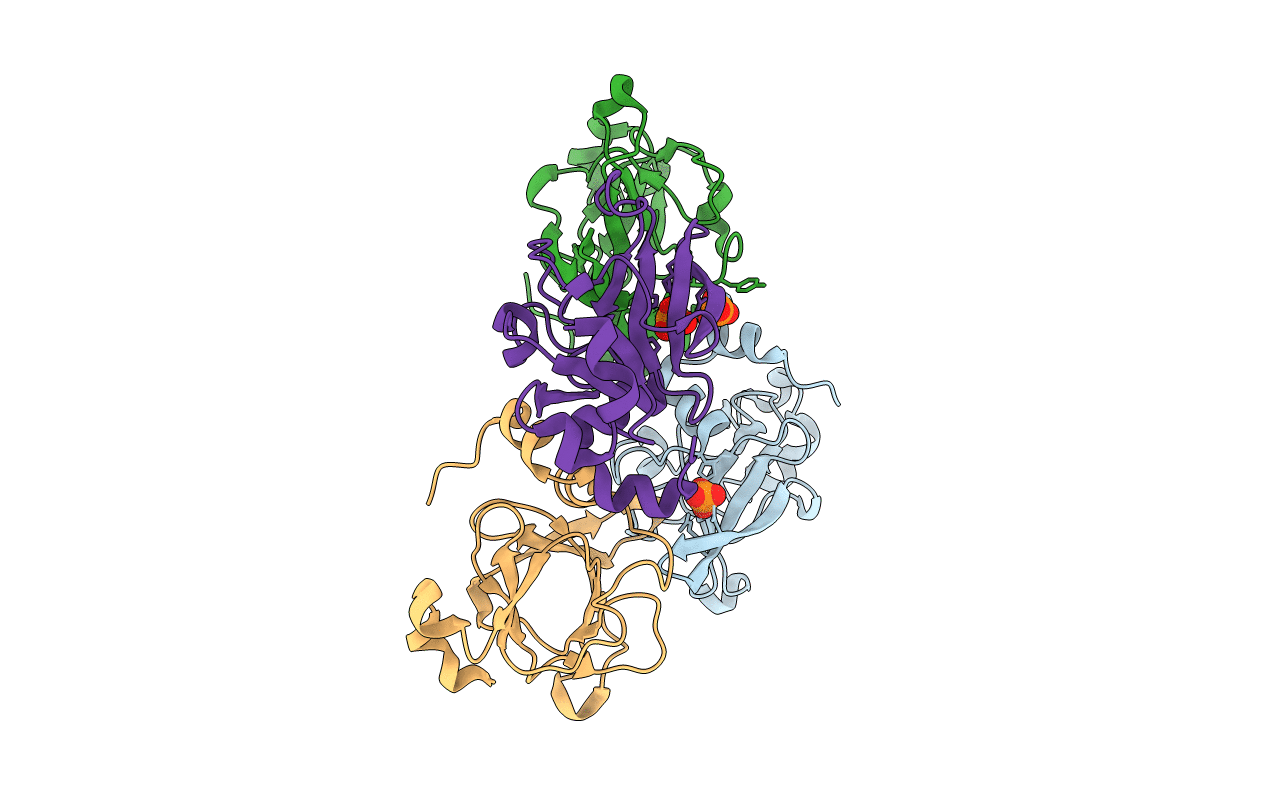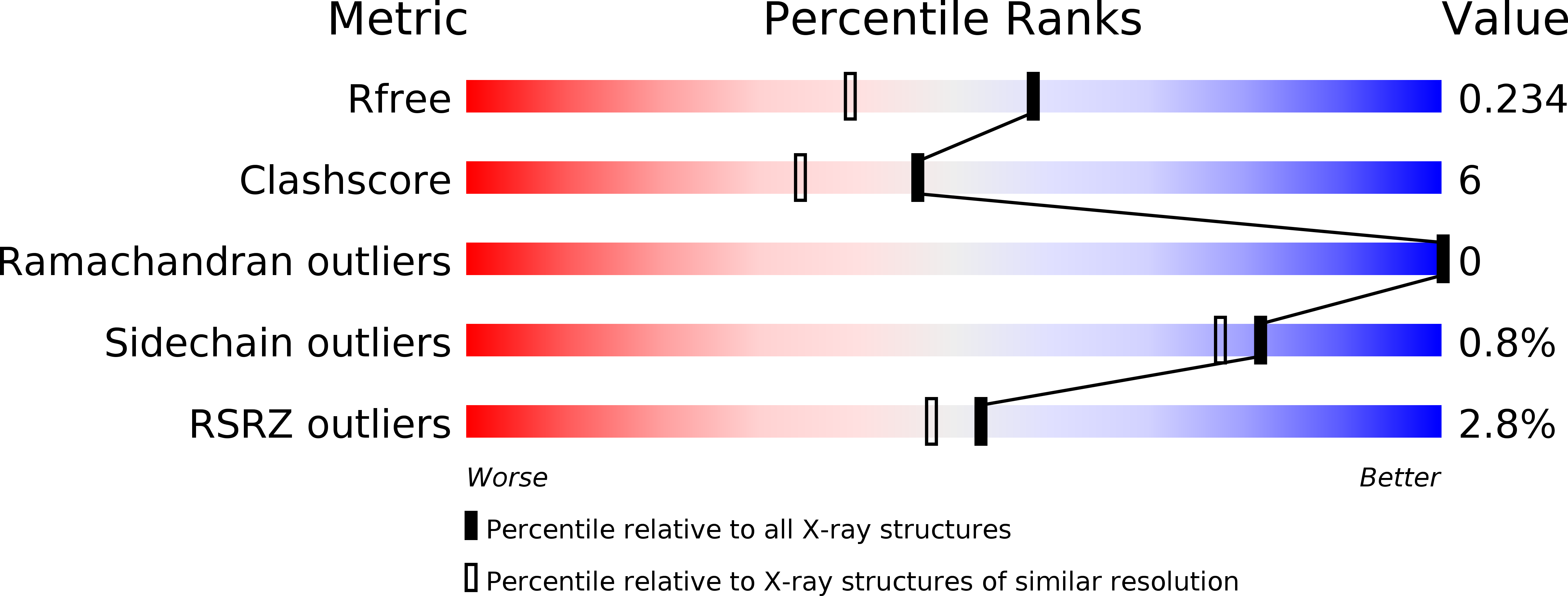
Deposition Date
2009-05-06
Release Date
2009-10-13
Last Version Date
2024-10-16
Entry Detail
PDB ID:
3HCG
Keywords:
Title:
Structure of the C-terminal domain (MsrB) of Neisseria meningitidis PilB (reduced form)
Biological Source:
Source Organism:
Neisseria meningitidis serogroup A (Taxon ID: 65699)
Host Organism:
Method Details:
Experimental Method:
Resolution:
1.82 Å
R-Value Free:
0.23
R-Value Work:
0.18
R-Value Observed:
0.18
Space Group:
P 21 21 21


